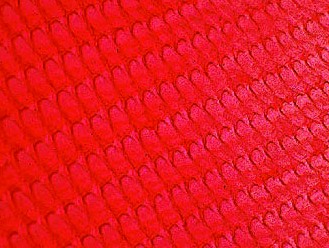
Nutrition
Although there is not many findings on what Mesodon elevatus consumes for its nutritional needs, generalizations can be made by looking at most Gastropods diets. Mesodon elevatus like most gastropods will eat a vast amount of different plants, mainly decaying leaves, and also fungi or decaying plants and vegetation (Dourson, 2010). It is also proven that most Gastropods need to consume some amount of calcium carbonate, for body functions, reproduction and shell building (Dourson, 2010). Most gastropods will not move very far to get food (NatureServe, 2012), but in order to locate their meal they will use their chemoreceptors (Wilbur et al., 1966).

The feeding process will begin by touching the food source with their
foot and then they will take apart food using their radula. The radula
is a special feeding device that all terrestrial land snails have
(Gillis, 2011). The radula can be described
as similar to a tongue but is coated with up to 250,000 chitinous teeth
that all face backwards (Hickman et al. 2012).
Gastropods use this device to scrap, pierce, or tear up food.
Furthermore, the radula may be used to move food particles further down
the digestive tract (Hickman et al. 2012).
Once the food is engulfed it is covered with mucus and moved down the gut by ciliary action (Wilbur et al. 1966). Depending on the size of the meal the digestive process can take a couple of minutes to sometimes about an hour (Dourson, 2010). This is partially due to the fact that gastropods have a well-developed digestive system (Hickman et al. 2009). From beginning to end their digestive system has a crop with salivary gland, stomach, digestive gland, which functions like their liver, intestine and finally anus, which is located on the anterior portion of the body (Hickman et al. 2009).
Previous: Adaptation Go Home Next: Reproduction